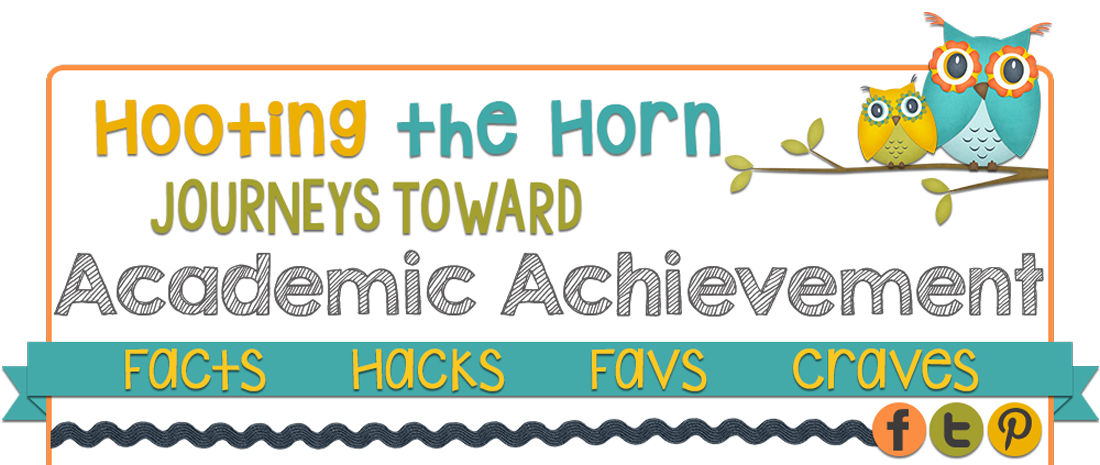I haven’t even returned to school, and I already
feel the void. One of my co-workers, a veteran teacher with over 30 years of
service, decided to retire at the end of last year. Truth be told, she was more
than just a co-worker. She was a friend, a mentor, a force of nature when it
came to educating and motivating students. I don’t know what I’ll do without
her. I’ve been teaching for 8 years, and I only recently did I begin to feel
like I have a foundation on which to effectively educate my students. When I
first began teaching, I thought I had all the answers. This veteran teacher
humbled my young mind. She made me realize that despite my ambition and body of
knowledge, I still had a lot to learn. She listened attentively as a fretted
over lesson plans that failed, students that hated my class, and parents that
couldn’t understand my teaching methods. She helped me celebrate my successes;
she was one of the first people I told about my teacher of the year nomination
and grant funding opportunities. She still kept me grounded and forced me to
want to learn more and become an even better educator. I can admit, without equivocation,
that much of my success stems from her leadership as my mentor.
I shiver at the thought that the next generation of
teachers won’t have veteran teachers to look up to. So many of the teachers I
started with have moved out of the teaching profession. So many veteran
teachers are retiring. I cannot deny the sadness I feel because I know the
power these teachers command. And I know even after 8 years, I cannot even
begin to match that power.
When I talk to teachers, I often tell them the story
of Ms. McGowan. She was not my teacher; she was my father’s math teacher. I met
her after a long trip to the middle of nowhere (my father grew up in deep South).
At the time, my father had taught math for about thirty years. After all that
time, he still felt his high school math teacher was important enough to his
life that he took his daughter to see her. I still remember watching my father
transform into a respectful young man in her presence. The pride he held in his
eyes. All because of a veteran teacher.
Even though Ms. McGowan has passed on and my friend
and fellow teacher retired, I can still look to them for inspiration. They are
the promise of what education can mean to teachers and students. They are the
hope that we can continue to persevere despite the challenges. One day, I want
to be a veteran teacher - just like them.




